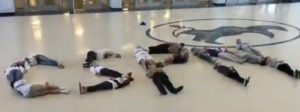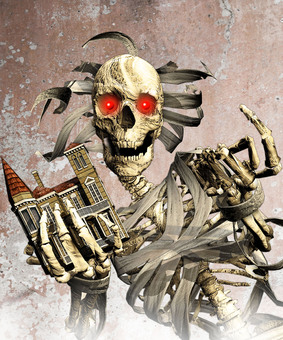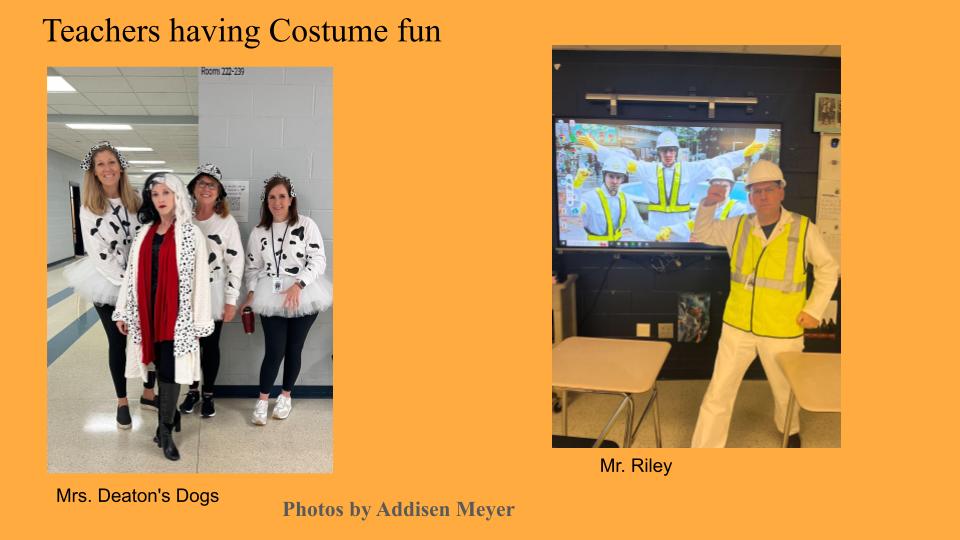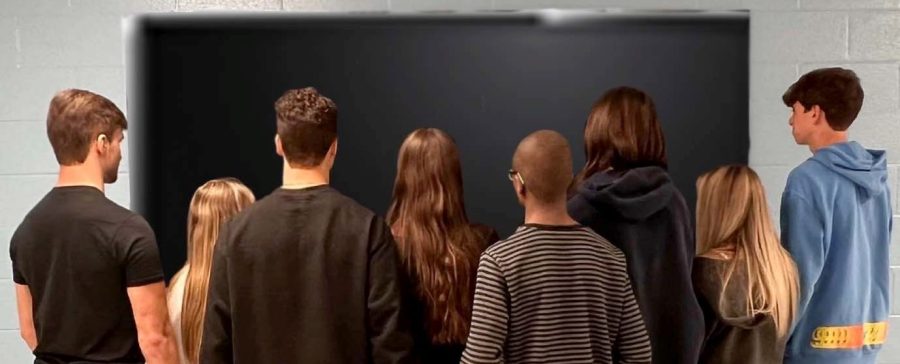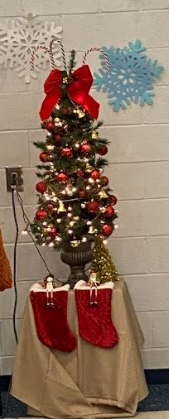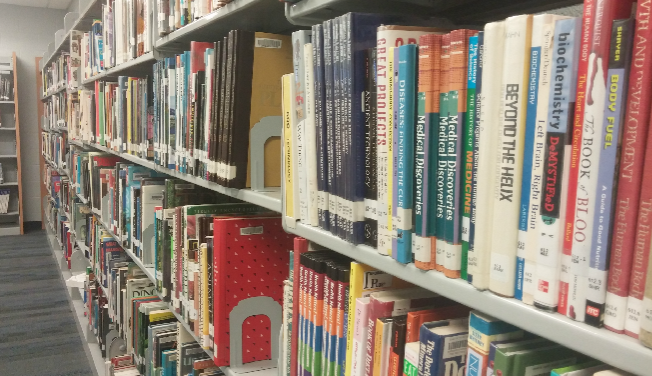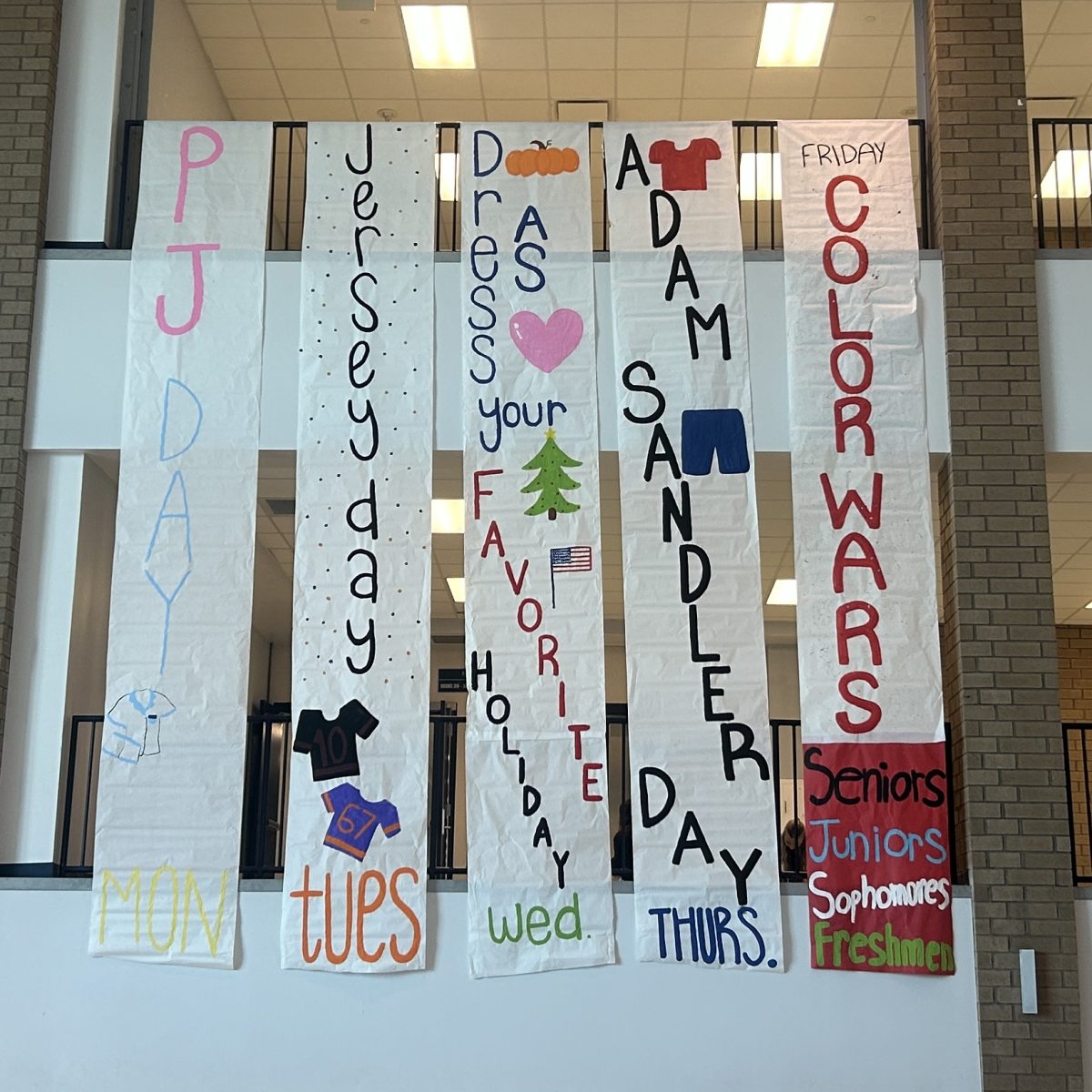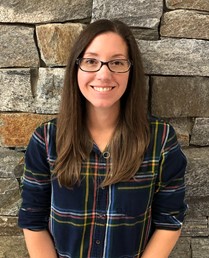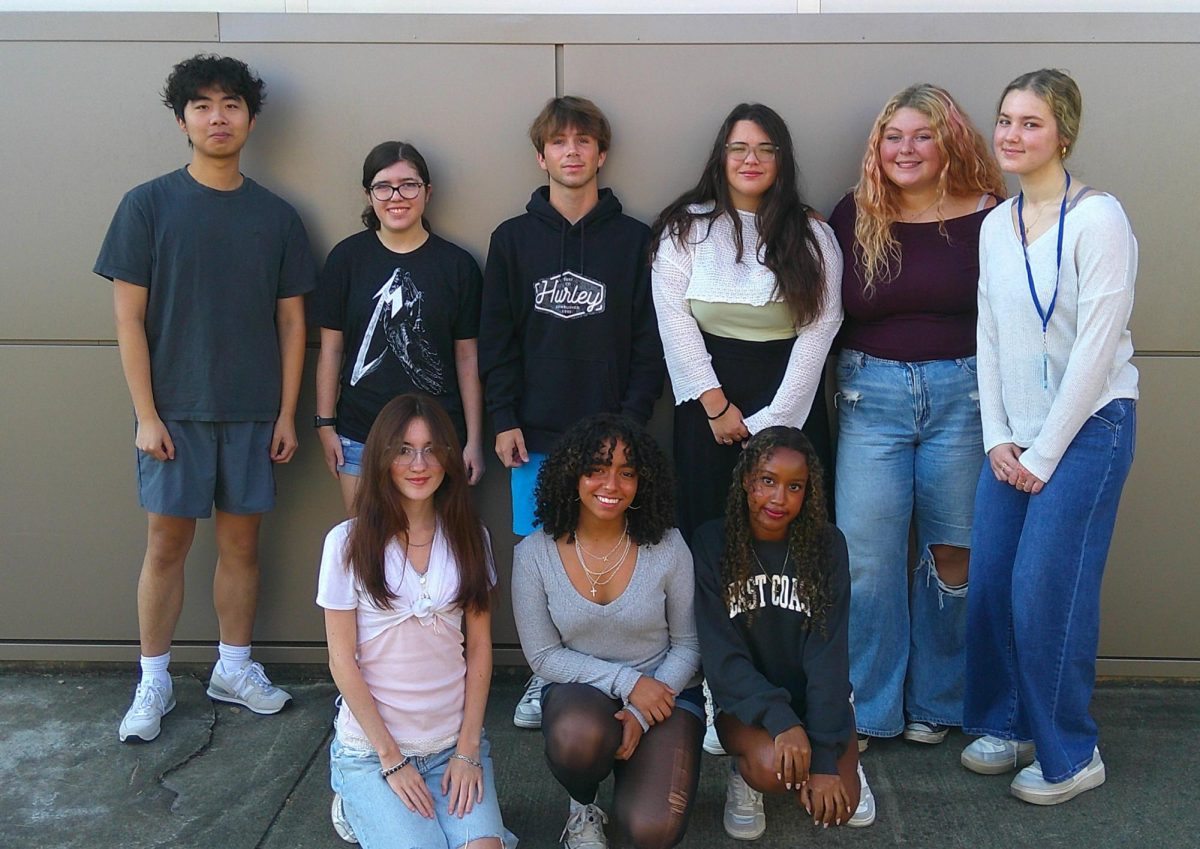At about this time every year, millions of people across the nation dress up in their scariest costumes, walk door-to-door shouting “trick-or-treat,” and carve pumpkins all in celebration of one ofAmerica’s most popular holidays—Halloween. But of all those who participate in Halloween-related celebrations and activities, very few truly know Halloween’s history, where it got its roots, and why we practice the traditions that have been in place for centuries.
Halloween is thought to have originated with the ancient Celtic festival of Samhain, when people would wear costumes to rid the roaming ghosts and spirits. Winter and fall had been seasons associated with death, and the Celtics (otherwise known as the Irish) believed that on the night of October 31, ghosts of the dead returned to earth. For the Celtics, the early fall and winter season caused their food supplies to run low, and to them, the season was a frightening time. People began to believe that if they left their homes on Halloween, they would encounter ghosts and evil spirits. They wore masks when they left their homes after dark to disguise themselves, hoping ghosts would mistake them for fellow spirits and do them no harm. This is where the tradition of dressing up in costume began. The ancient Celtic people would also place bowls of food outside their home to please the ghosts, and prevent them from trying to enter their home.
In 1000 A.D, the church declared the day of October 31 “All Souls Day” and it was celebrated similarly to the way Samhain was. All Souls Day later began being referred to as All-Hallows Eve, and then eventually, Halloween. Halloween, however, did not begin to be widely celebrated inAmericauntil about the second half of the nineteenth century, when millions of Irish fleeingIreland’s potato famine of 1846 migrated there. Americans soon began to dress up in costumes and go door-to-door asking for food or money. This activity today is known as “trick-or-treating.”
Today, most of the superstition and religious overtones that were once associated with Halloween have dissipated, and dressing up and celebrating the holiday has become more of an activity that children, and even adults, do for fun. Most view Halloween as a time to watch scary movies, indulge in candy, carve pumpkins with family, dress up in costume, or party with friends.
